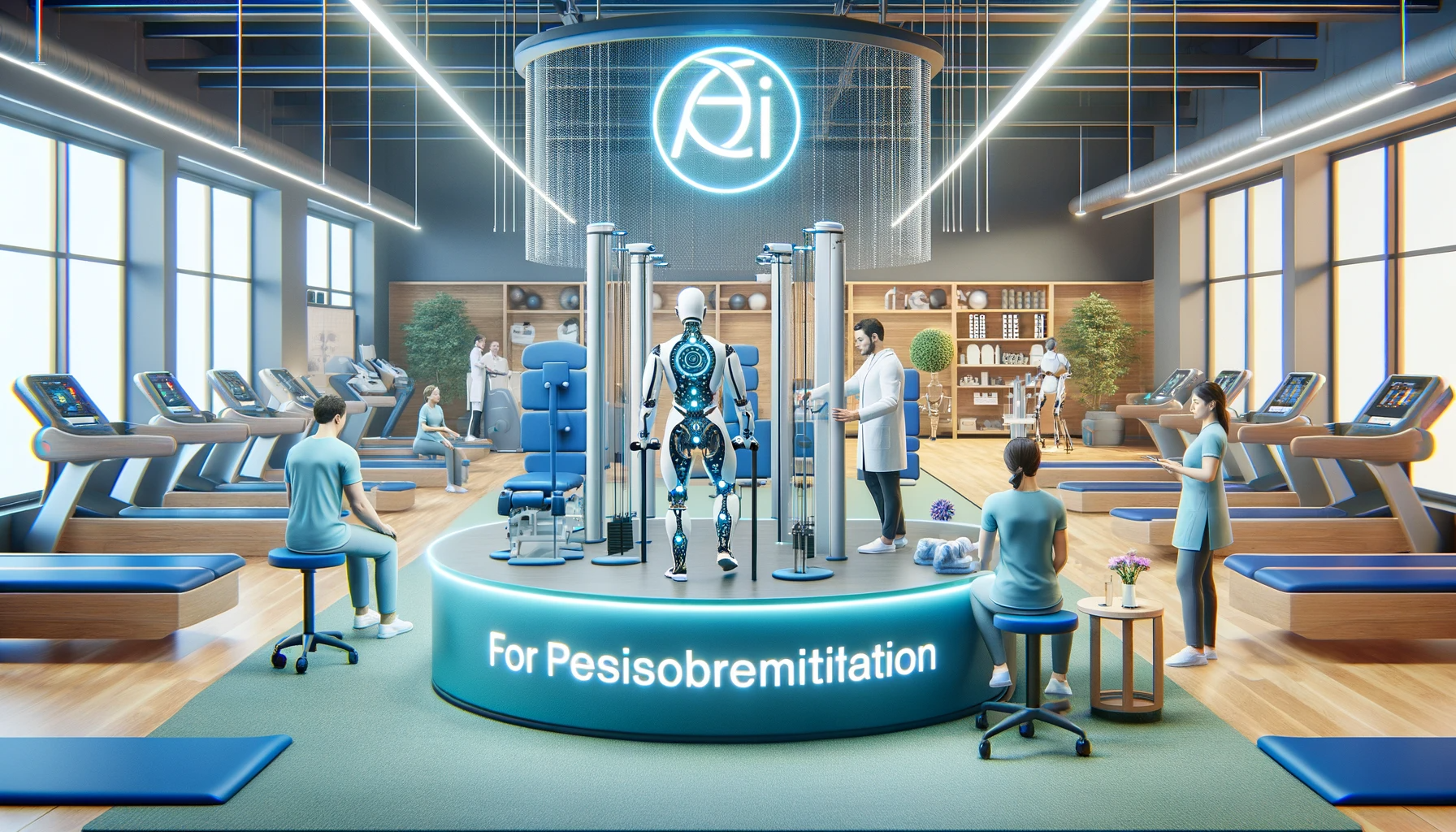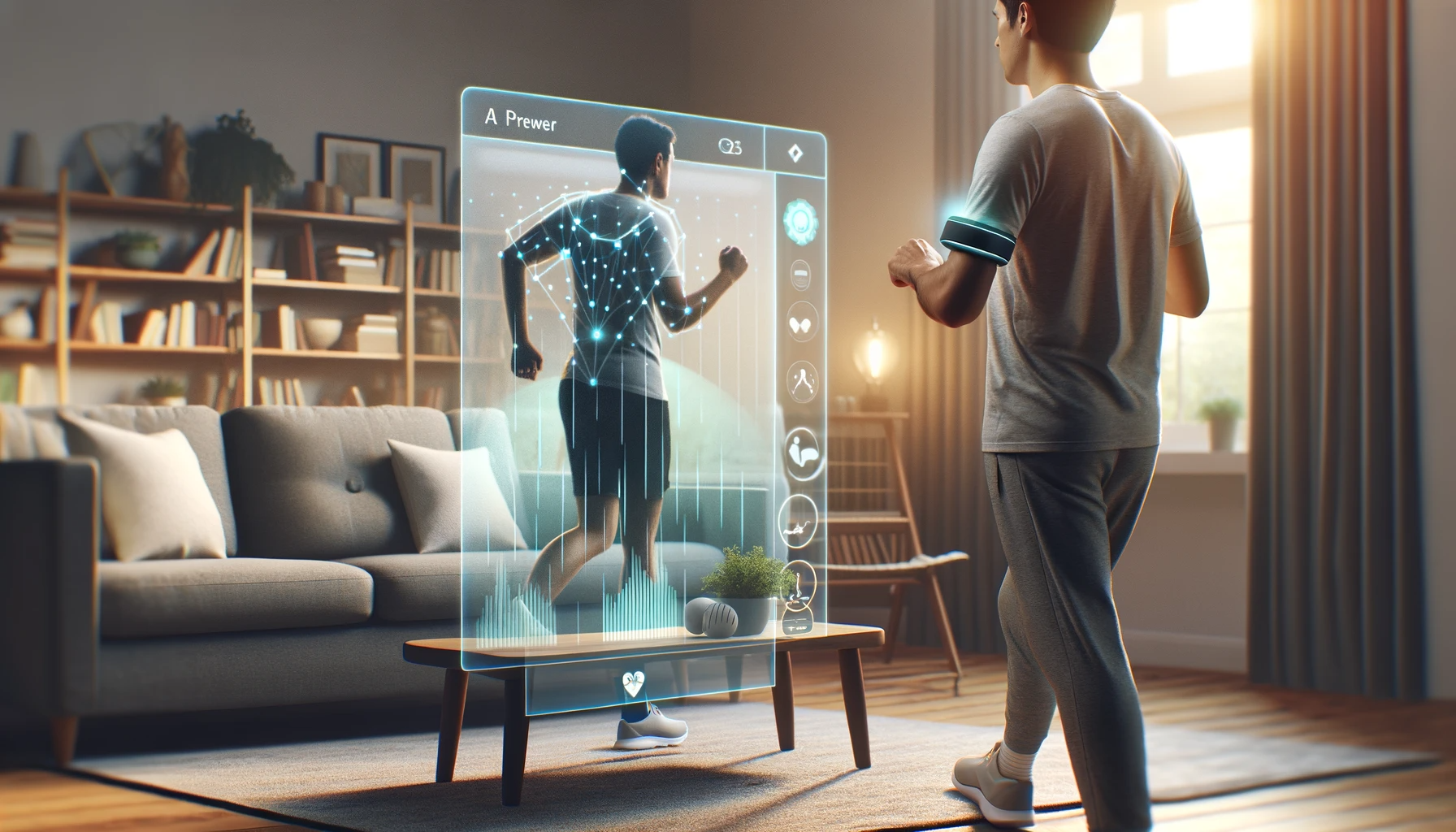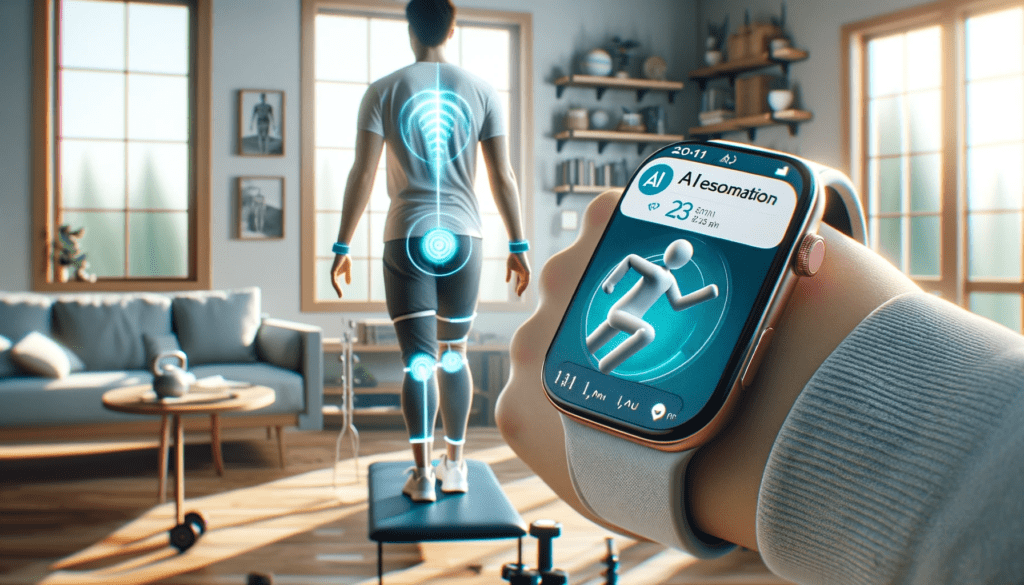In recent years, the field of personalized rehabilitation and physical therapy has witnessed a remarkable transformation, thanks to the integration of artificial intelligence (AI) technologies. This article explores the profound impact of AI on enhancing personalized rehabilitation, addressing the unique needs and challenges faced by individuals seeking recovery from injuries, surgeries, or various physical conditions.
Traditional rehabilitation approaches have long been effective, but they often lack personalization and can be limited in their scope. Patients undergoing therapy typically follow standardized routines, which may not account for individual differences in progress, pain tolerance, or other factors crucial to successful recovery. AI is changing this landscape by revolutionizing how rehabilitation is approached and executed.
The Current State of Rehabilitation
Before delving into the role of AI, it’s essential to understand the conventional methods and practices in the field of rehabilitation. Traditional rehabilitation programs often involve one-size-fits-all exercises and therapy sessions. Patients follow pre-established routines, regardless of their unique needs or progress. While these methods have shown positive results, they do not fully capitalize on the potential for personalization and optimization.
Moreover, conventional rehabilitation heavily relies on in-person interactions with physical therapists, making it challenging for patients to maintain consistency in their exercises. The limitations imposed by traditional therapy have paved the way for AI-driven solutions to make a significant impact.

The Role of AI in Personalized Rehabilitation
Artificial intelligence, in conjunction with advanced data analytics, is redefining the rehabilitation landscape. AI technologies encompass machine learning algorithms, computer vision, and wearable devices that enable a highly personalized approach to therapy. These technologies have the potential to assess, diagnose, and treat individuals in a way that is tailored to their specific needs and progress.
AI-powered rehabilitation focuses on creating individualized treatment plans for each patient. By analyzing patient data, including biomechanics, range of motion, and physiological responses, AI can create a therapy plan that adapts in real-time to optimize the recovery process. This personalized approach enhances the effectiveness of rehabilitation and accelerates the path to recovery.
AI-Powered Assessment and Diagnosis
One of the primary ways AI contributes to personalized rehabilitation is through its ability to assess and diagnose a patient’s condition accurately. Wearable devices equipped with sensors and accelerometers allow for continuous monitoring of a patient’s movements, providing valuable data to AI algorithms. These devices can track parameters such as joint angles, muscle activity, and gait patterns.
AI-driven assessment tools can detect subtle changes in a patient’s condition that might be missed by human observation alone. For instance, in cases of musculoskeletal injuries or neurological conditions, AI can identify irregularities in movement patterns or deviations from the expected range of motion. This early detection can lead to more timely interventions and adjustments to the therapy plan.
Moreover, AI can assist in diagnosing the severity of a condition and its progression. By analyzing data over time, AI algorithms can provide valuable insights to both patients and healthcare professionals, enabling informed decision-making regarding treatment options and goals.
In summary, AI’s ability to assess, diagnose, and personalize rehabilitation plans offers a promising avenue for improving the quality and effectiveness of physical therapy. This technology-driven approach is transforming the field and providing individuals with tailored solutions that address their unique rehabilitation needs.
AI-Powered Assessment and Diagnosis
Real-time Monitoring: AI-powered wearable devices continuously monitor patients’ movements, providing a wealth of real-time data. These devices, often integrated into clothing or accessories, track parameters such as joint angles, muscle activity, and posture. The ability to collect data in real-time enables immediate feedback and adjustment of therapy plans, making the rehabilitation process highly responsive to individual progress.
Early Detection: AI algorithms excel at identifying subtle changes in movement patterns or deviations from expected ranges of motion. This capability is particularly valuable in cases of musculoskeletal injuries, neurological conditions, or post-operative recovery. Early detection of irregularities allows therapists to intervene promptly, preventing complications and optimizing the rehabilitation journey.
Personalized Treatment Plans
Data-Driven Customization: AI leverages the vast amount of patient data to create personalized treatment plans. These plans consider factors such as the individual’s current condition, progress, and specific goals. AI-driven algorithms analyze data points such as biometrics, physiological responses, and past therapy outcomes to tailor each session’s exercises and intensity. This data-driven customization ensures that therapy remains relevant and effective.
Adaptive Rehabilitation: The dynamic nature of AI allows for adaptive rehabilitation. As patients progress, AI can adjust exercise routines and therapy intensity in real-time. For example, if a patient demonstrates increased strength or improved range of motion, the AI system can automatically modify the exercises to challenge the individual appropriately. This adaptability accelerates recovery and reduces the risk of overexertion.
Virtual Reality and Gamification
Immersive Rehabilitation: AI-enhanced rehabilitation often incorporates virtual reality (VR) and gamification elements. VR technology creates immersive environments that engage patients in therapeutic activities. Whether it’s simulating real-life scenarios for neurological rehabilitation or providing visually stimulating exercises, VR makes therapy more engaging and enjoyable.
Motivation and Compliance: Gamification techniques, such as rewards, challenges, and score tracking, motivate patients to stay consistent with their therapy regimens. AI algorithms can analyze a patient’s interaction with gamified elements to assess their engagement level and tailor the experience further. The result is increased compliance and adherence to therapy plans, which is crucial for successful rehabilitation.

Conclusion
The integration of artificial intelligence (AI) into the field of personalized rehabilitation and physical therapy represents a significant leap forward in healthcare. AI technologies have transformed traditional rehabilitation approaches into highly personalized, data-driven, and adaptive processes that cater to the unique needs of each patient.
AI’s ability to assess, diagnose, and monitor patients in real-time through wearable devices ensures that therapy plans remain responsive and tailored to individual progress. Early detection of irregularities and complications allows for timely interventions, minimizing setbacks and optimizing the rehabilitation journey.
Personalized treatment plans, generated by AI algorithms, consider an individual’s current condition, progress, and goals. These plans adapt and evolve as patients recover, promoting efficient rehabilitation and reducing the risk of overexertion.
The incorporation of virtual reality (VR) and gamification elements makes therapy engaging and enjoyable, motivating patients to stay consistent with their regimens. AI’s role in tracking patient engagement further enhances compliance, a critical factor in successful rehabilitation.
Looking ahead, the possibilities for AI-driven rehabilitation are expansive. AI may predict potential setbacks and suggest preventive measures, ultimately improving recovery outcomes. Telehealth platforms may make personalized therapy accessible to individuals in remote locations, increasing the reach and effectiveness of rehabilitation programs.
In summary, AI’s influence on personalized rehabilitation and physical therapy is transformative. It enhances the quality of care, accelerates recovery, and empowers individuals on their path to improved health and mobility. As AI technology continues to advance, the future of rehabilitation promises even greater potential for enhanced, personalized, and accessible therapies.
